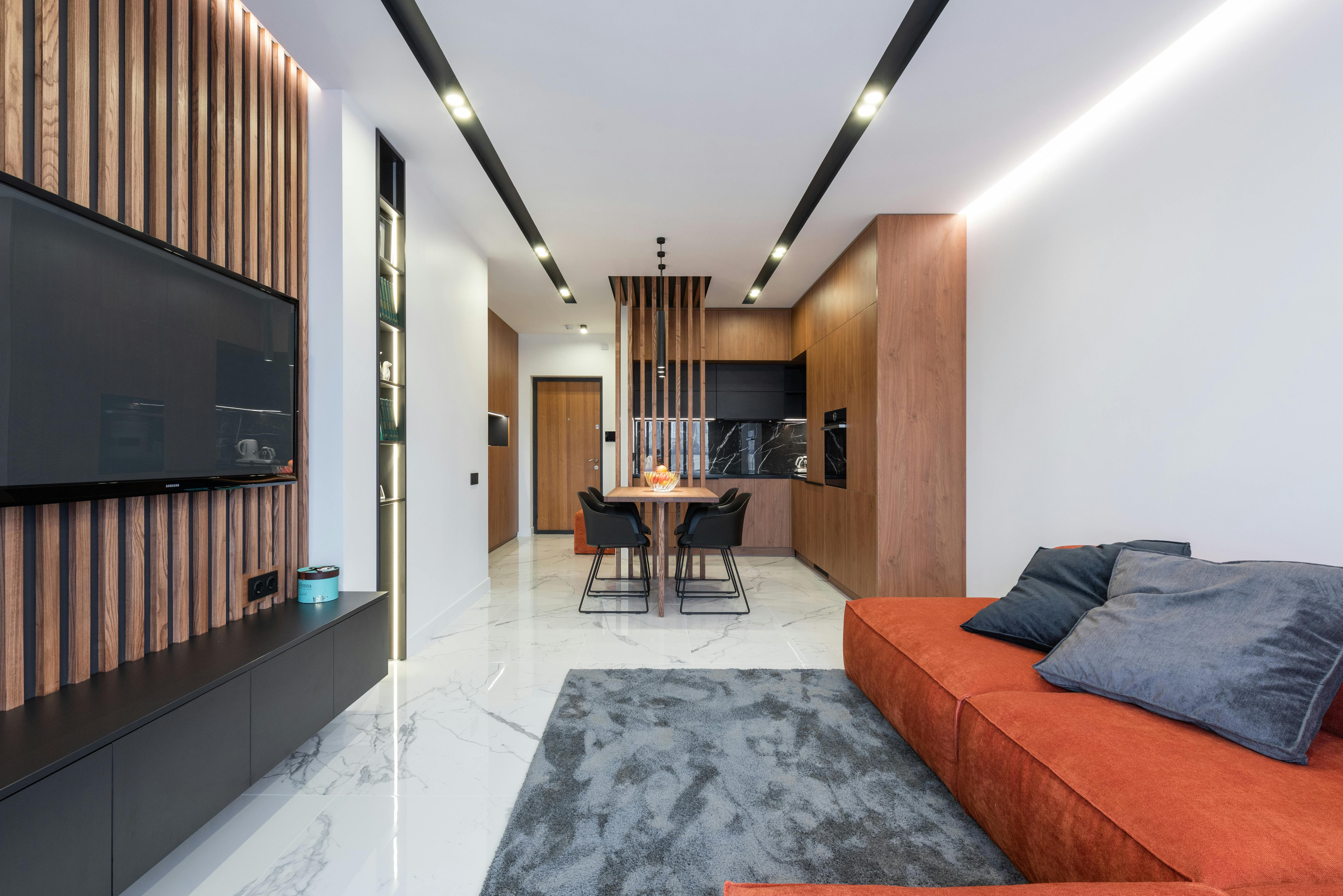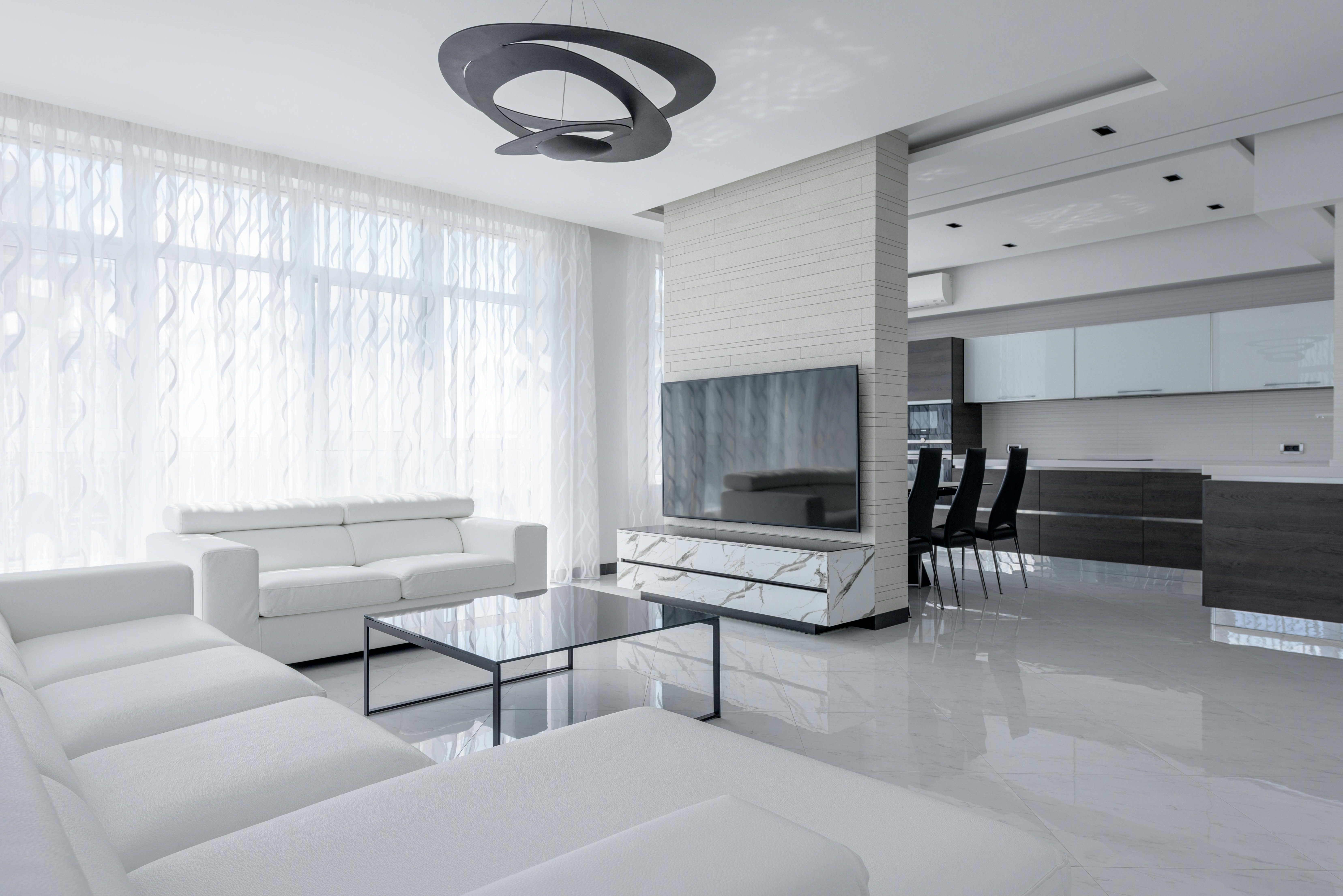Solving the Puzzles of Your Smart Home: Overcoming Common Challenges

Have you ever spent frustrating minutes digging through couch cushions and cluttered drawers trying to locate your television remote? Or maybe you have a complex home entertainment system with multiple remotes that often leaves your coffee table looking like the aftermath of a natural disaster. If this scenario sounds familiar, you need a simpler solution for controlling your TV and media devices.
This article will explore how your smartphone can serve as a versatile universal remote control that aims to replace traditional remotes. We’ll cover the key features offered by apps in this space, including the ability to control various devices and brands, cast content directly from your phone to TV, integrate streaming services, and more.
You’ll learn how a properly designed universal remote app can help declutter and simplify your living room by consolidating multiple remotes into one intuitive interface. We’ll also discuss important factors like compatibility, ease of setup, and customization options to ensure you find the right fit for your needs.
Whether you want to reduce remote control chaos or gain additional ways to mirror content from your phone, this guide will highlight the possibilities available through modern universal remote apps. Read on to discover how you can gain better control over your home entertainment experience.
The Tangled Web of Compatibility
Is your coffee table cluttered with multiple remote controls? Do you struggle to keep track of which one goes with your TV, streaming device, DVD player or sound system? If so, you’re not alone. Juggling multiple remotes can be a huge headache for anyone trying to enjoy their home entertainment setup.
The good news is that new smart device apps offer a simple solution – by turning your phone into a universal remote control capable of managing nearly any device in your living room. In this post, I’ll explore the key benefits of going with an all-in-one smart remote app, along with tips for setting one up properly to maximize convenience.
You’ll learn key factors to evaluate when selecting a universal remote app for your needs and compatibility. I’ll also provide an overview of top features to look for, like flexible device support, intuitive interfaces, screen mirroring and integrated streaming service controls. Whether you want to declutter your coffee table or make it easier for the whole family to access home entertainment, a smart remote app can help.
By the end, you’ll understand how to choose and configure a seamless smart remote control solution using just your smartphone. Doing so will create a more unified and stress-free media viewing experience. You’ll be able to kickback and enjoy your TV, movies and games without the usual hassle of hunting for the right remote.
The Frustration of Unreliable Connections
Inconsistent or unreliable connections can be a major headache
We’ve all been there – sitting down to stream the big game or binge watch your favorite show, only to be plagued by buffering, choppy connections, or even complete disconnects. It’s beyond frustrating when our smart home devices fail to respond to commands or lose connectivity.
To tackle patchy Wi-Fi and connection issues, the first step is ensuring your home network is robust and reliable. Consider upgrading your router if it’s more than 3-4 years old. Mesh networks with dedicated backhaul channels or Wi-Fi 6/6E routers help blanket your home with strong, steady signals. If upgrade costs are a concern, range extending addons can also help amplify coverage.
Additionally, choose smart home products like lightbulbs, switches and sensors that utilize protocols like Zigbee or Z-Wave for local, offline control. Reliance on Wi-Fi and the cloud can render devices useless when servers or your internet goes down.
“Local smart home devices that retain functionality when offline provide fail-safes that help future-proof your connected home.” – Smart Home Analyst
Lastly, consider robust control hub apps like Universal Remote TV Control to conveniently manage entertainment devices. With broad TV/streaming box compatibility and mirror casting, it reliably consolidates multiple remotes into one clean interface on your phone or tablet.
The Struggle of Limited Customization
I feel your pain when it comes to limited customization options in smart home gadgets. After investing time and money into a smart home system, it’s incredibly frustrating to hit a wall with pre-programmed functions that don’t bend to your will.
The good news is that while some devices are still very restrictive, others give you more flexibility to tweak settings and create custom automations. For true smart home enthusiasts who want maximum control, I recommend exploring platforms like Home Assistant or Hubitat.
| Pros | Cons |
|---|---|
| Ability to customize almost every aspect of your smart home system | Steeper learning curve to master the platform |
| New devices, features, and apps added frequently by the open source community | More likelihood of bugs or issues that require troubleshooting |
As opposed to closed ecosystems like Amazon Alexa or Google Home, these self-hosted platforms offer nearly endless flexibility to add whatever smart devices you want and make them work how you want. You can create complex rules and scenes to control lighting, climate, security, and more.
Of course, with great power comes great responsibility. The trade-off is that platforms like Home Assistant have steeper learning curves. You’ll need above-average technical skills to master the software and troubleshoot any issues. Just know that going in, and lean on the community forums when you need help!
The Concern for Privacy and Security
As smart home devices proliferate, concerns over privacy and security heighten. The sheer volume of data collected, from energy usage to facial recognition, creates vulnerabilities. Reputable brands like Google Nest and Amazon Ring address this by regularly updating firmware, enabling two-factor authentication, and isolating smart home networks.
Further precautions homeowners can take include:
- Choosing devices from security-focused brands like Universal Remote TV Control, which offers features like closed ecosystems and end-to-end encryption.
- Using strong WiFi passwords, not default passwords, for all connected devices.
- Setting up a separate network just for smart home devices to limit exposure.
- Considering open source options which allow scrutiny of code.
Tools like Universal Remote TV Control also empower homeowners to limit data sharing and collection. Its free trial allows homeowners to test these protections firsthand, while still benefitting from features like one-touch mirror casting.
With vigilance around privacy settings, data access, and the latest security protections, homeowners can build smart homes without compromising peace of mind.
We all want to feel safe and protected in our own homes. As more Internet-connected devices populate our living spaces, valid worries arise over privacy and security. Who has access to the data these gadgets collect? How can we prevent intrusions?
Choosing Reputable Brands
Selecting devices from established companies with strong security measures is crucial. Seek out brands that:
- Regularly issue software updates to fix vulnerabilities
- Offer two-factor authentication for accounts
- Encrypt data transmission and storage
No system is completely hack-proof, but these safeguards make infiltration much harder.
Isolating Devices
Placing smart home gadgets on a separate Wi-Fi network from your personal devices isolates them. This containment thwarts intruders. Solutions like None even provide a free trial to test its network segmentation features.
Using Strong Passwords
Unique, complex passwords should secure every account and device. Password managers help generate and store login credentials securely.
With vigilance around privacy settings, data access, and account security, we can embrace smart home conveniences. Being informed and proactive keeps our homes cozy and safe.
Conclusion
When building a connected smart home, it’s understandable to feel overwhelmed by compatibility issues, technical glitches, customization limitations, and privacy concerns. However, with some diligent planning and testing, these obstacles can be overcome.
As discussed in this blog post, strategic device selection, reliable network connections, flexible platform options, and prioritized security measures can help create a seamless, efficient and secure smart home environment. Solutions like the Universal Remote TV Control app aim to consolidate entertainment system management, offering versatile TV and streaming service support through an intuitive interface after a quick and hassle-free setup. With a free trial period to test all features, it may be worth exploring as part of your connected home toolkit.
Building the smart home of your dreams takes time, but by implementing the practical guidance outlined here, you can avoid many frustrations along your journey. We encourage you to review the key takeaways, continue researching the latest compatible devices and apps, and try out promising solutions to determine what works best for your needs. The world of smart home technology can deliver amazing convenience and comfort when thoughtfully deployed – the benefits are within your reach.




